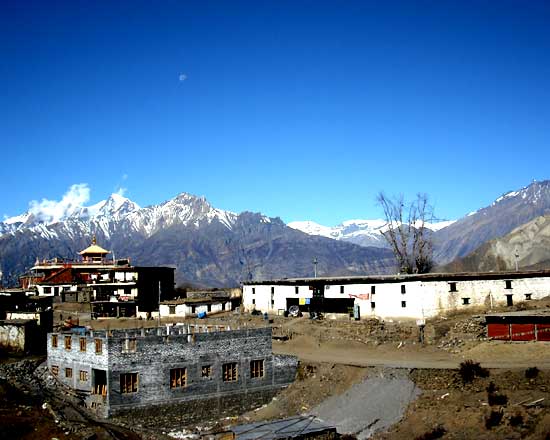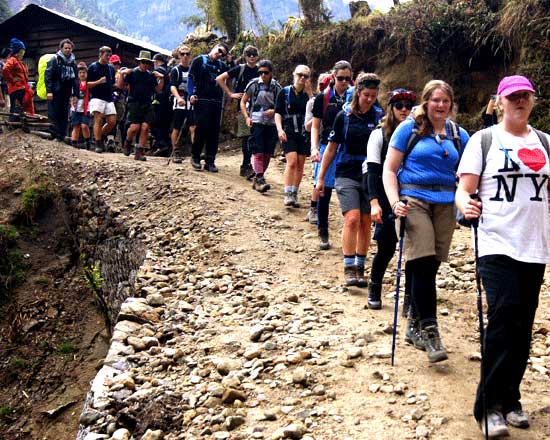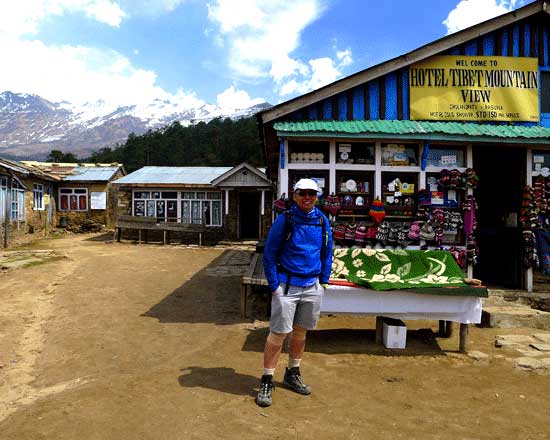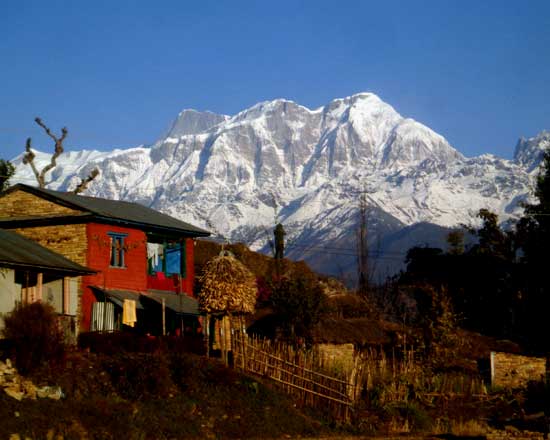Trekking in Nepal
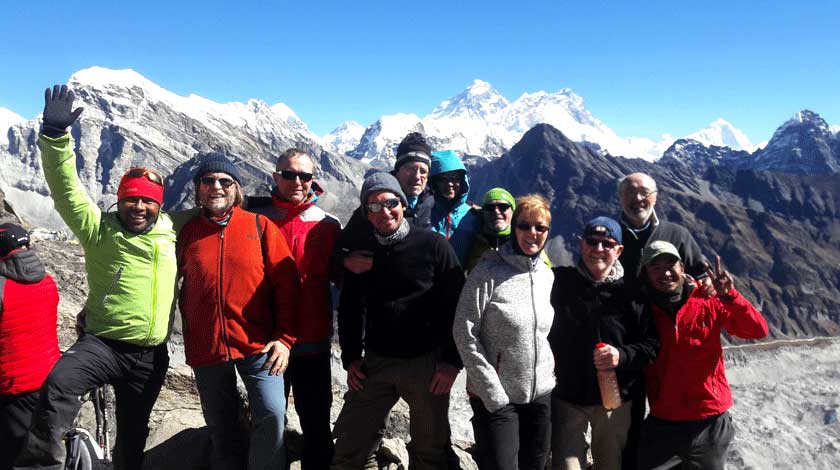
Trekking in Nepal
Trekking in Nepal offers unique adventure, combining breathtaking landscapes, rich cultural experiences, and a sense of accomplishment as you trek some of the world’s most famous trails. From the iconic Everest Base Camp trek to the serene Annapurna Circuit, Nepal’s diverse terrain attract to all levels of trekkers.
Whether you’re seeking high-altitude challenges, lush valleys, or the opportunity to interact with local communities, Nepal has something for everyone. Each trek offers its own highlights, from stunning Himalayan views to ancient monasteries, terraced fields, and traditional villages.
Trekking in Nepal also provides a chance to experience the warm hospitality of the Nepali people, often in cozy teahouses along the trails. The combination of natural beauty, cultural richness, and the spirit of adventure makes trekking in Nepal a truly unforgettable experience.
- Everest Region (Khumbu)
- Highlights:
- Everest Base Camp: 5,364 meters (17,598 feet)
- Gokyo Lakes: 4,700–5,000 meters (15,420–16,404 feet)
- Tengboche Monastery: 3,867 meters (12,687 feet)
- Description: Home to the world’s highest peak, the Everest region offers mesmerize treks with iconic views of the Himalayas. The area is rich in Sherpa culture, with ancient monasteries and friendly villages.
- Highlights:
- Annapurna Region
- Highlights:
- Annapurna Circuit: 5,416 meters (17,769 feet) at Thorong La Pass
- Annapurna Base Camp: 4,130 meters (13,550 feet)
- Poon Hill: 3,210 meters (10,531 feet)
- Mardi Himal: 4,500 meters (14,763 feet)
- Description: One of the most popular trekking regions, Annapurna offers diverse landscapes ranging from subtropical forests to high alpine meadows. Treks here are known for their variety, with stunning views of the Annapurna and Dhaulagiri ranges.
- Highlights:
- Langtang Region
- Highlights:
- Langtang Valley: 3,430 meters (11,253 feet) at Kyanjin Gompa
- Gosainkunda Lake: 4,380 meters (14,370 feet)
- Helambu: 3,650 meters (11,975 feet) at Tharepati Pass
- Description: Closer to Kathmandu, the Langtang region is known for its beautiful valleys, glacial lakes, and rich Tamang culture. It’s less crowded but equally rewarding, with breathtaking mountain views.
- Highlights:
- Manaslu Region
- Highlights:
- Manaslu Circuit: 5,160 meters (16,930 feet) at Larkya La Pass
- Tsum Valley: 3,700 meters (12,139 feet) at Mu Gompa
- Description: A more remote and less visited area, the Manaslu region offers a wilderness experience with stunning views of Mount Manaslu. The region is culturally rich, with influences from Tibetan Buddhism.
- Highlights:
- Dolpo Region
- Highlights:
- Upper Dolpo: 5,350 meters (17,552 feet) at Kang La Pass
- Shey Phoksundo Lake: 3,611 meters (11,849 feet)
- Description: Dolpo is one of Nepal’s most remote regions, offering treks through arid landscapes, ancient monasteries, and traditional Tibetan villages. It’s a region for adventurers seeking solitude and raw natural beauty.
- Highlights:
- Mustang Region
- Highlights:
- Upper Mustang: 3,840 meters (12,600 feet) at Lo Manthang
- Lo Manthang: 3,800 meters (12,467 feet)
- Description: Mustang, known as the “Forbidden Kingdom,” offers a unique trekking experience with its desert-like landscapes, ancient caves, and Tibetan culture. The region has a mystic allure, with its well-preserved medieval towns and monasteries.
- Highlights:
- Kanchenjunga Region
- Highlights:
- Kanchenjunga Base Camp: 5,143 meters (16,873 feet) at North Base Camp, 5,140 meters (16,864 feet) at South Base Camp
- Description: The remote Kanchenjunga region, home to the world’s third-highest peak, having challenging treks through diverse landscapes, including rhododendron forests, alpine meadows, and high mountain passes. This area is less explored, providing a true wilderness experience.
- Highlights:
Each region offers its unique trekking experience, making Nepal a premier destination for trekkers of all interests and skill levels.
Cultural Encounters
Trekking in Nepal is not just about the physical journey; it is also a cultural richness. As you traverse through remote villages and diverse landscapes, you will have the opportunity to interact with local communities and experience their traditional way of life. The warmth and hospitality of the Nepali people add a rich cultural dimension to your trekking experience.
Trekking in Nepal in the Everest region, you will encounter the Sherpa people, renowned for their mountaineering skills. They are deep-rooted to Buddhist traditions. Visiting monasteries and stupas along the way during the trek, you will gain insight into their spiritual practices and way of life. The Mani Rimdu festival, held at Tengboche Monastery, is a vibrant celebration of Sherpa culture and a highlight for many trekkers.
In the Annapurna region, the diverse mix of ethnic groups, including Gurung, Magar, and Thakali, offers a fascinating cultural mosaic. Each village has its unique traditions and customs, which you can experience firsthand. The warm hospitality and delicious local cuisine, such as the famous Thakali dal Bhat, add to the richness of the trekking experience.
Best Time to Trek
The best time to trek in Nepal is during the pre-monsoon (spring) and post-monsoon (autumn) seasons. Spring, from March to June, is characterized by blooming rhododendrons and moderate temperatures, making it a visually stunning time to trek. The vibrant colors of the flowers against the backdrop of snow-capped peaks create a picturesque landscape that is a treat for the eyes.
Autumn, from September to December, offers clear skies and mild weather, providing excellent visibility of the Himalayan peaks. This season also has the most stable weather conditions, ensuring a safer trekking experience. The crisp air and golden hues of the foliage create a magical atmosphere, making autumn a favorite season for many trekkers.
Preparation and Safety
Proper preparation is crucial for a successful trek in Nepal. Acclimatization is essential to avoid altitude sickness, especially on higher altitude treks like Everest Base Camp and Annapurna Circuit. Gradual ascent and adequate rest days help your body adjust to the altitude and reduce the risk of illness. It is advisable to consult with a healthcare professional before embarking on high-altitude treks.
Hiring a knowledgeable guide and porter can enhance your trekking experience by providing valuable insights and carrying heavy loads, allowing you to focus on enjoying the journey. Guides are familiar with the terrain and weather conditions, ensuring your safety throughout the trek. They also offer cultural insights and facilitate interactions with local communities, enriching your overall experience.
Investing in quality trekking gear is essential for a comfortable and safe trek. Sturdy hiking boots, warm clothing, and a reliable sleeping bag are must-haves. Layering your clothing allows you to adjust to varying temperatures throughout the day. A well-fitted backpack, trekking poles, and a good quality tent (for camping treks) are also important. Ensure you have travel insurance that covers high-altitude trekking and emergency evacuation.
Sustainable Trekking
As trekking in Nepal grows in popularity, it is vital to practice sustainable trekking to preserve the natural environment and support local communities. Choose eco-friendly lodges and trekking companies that promote responsible tourism practices. Minimize your waste by carrying reusable water bottles and avoiding single-use plastics. Respect local customs and traditions, and always ask for permission before taking photographs of people or their homes.
Supporting local businesses and communities by hiring local guides and porters, staying in locally-owned lodges, and purchasing locally-made products contributes to the local economy and helps preserve cultural heritage. Consider contributing to conservation efforts in the regions you visit, such as participating in clean-up campaigns or donating to local conservation projects.
Conclusion
Trekking in Nepal is a once-in-a-lifetime adventure that combines breathtaking landscapes, rich cultural experiences, and personal challenges. Whether you are trekking to Everest Base Camp, exploring the Annapurna Circuit, or discovering the hidden treasures of the Langtang Valley, Nepal offers an adventure that will stay with you forever. The diversity of trekking routes, the warmth and hospitality of the Nepali people along with the stunning natural beauty of the Himalayas. Embark on this extraordinary journey and create memories that will last a lifetime.
Nepal Wilderness Trekking Pvt. is a trip-leading local Company in Nepal. The company is well known for its quality and affordability. In addition, with 70 experienced guides and porters, it is successful in covering all trekking regions in Nepal.
In short, here are the Trekking regions covered:
Moreover, the company does other activities such as:
Also, the company is registered in:-
- Nepal Tourism Board (NTB)
- Tourism Industry Division (TID)
- Nepal Mountaineering Associations (NMA)
- Trekking agency Associations of Nepal (TAAN)
Last but not least, Nepal Wilderness Trekking company is a customer-centric company, our team shapes what they do around our customers’ needs. In addition, to know our customers’ opinions kindly check TripAdvisor and the testimonials on the site. The company is one of the most excellent trekking service providers.

